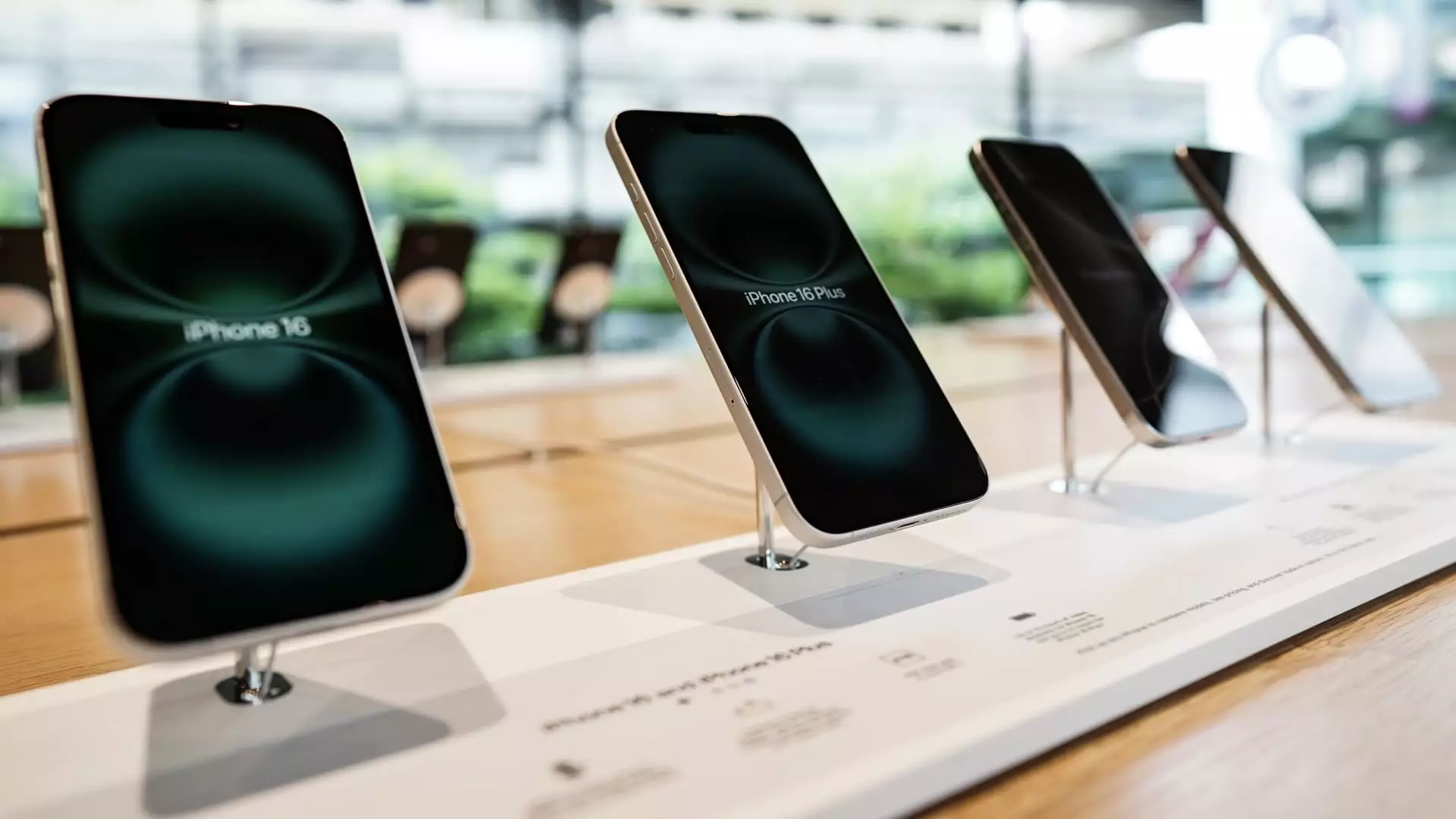Amid the backdrop of rising geopolitical tensions and a brutal global supply chain crisis, the prospect of relocating iPhone assembly from China to India presents a mirage of opportunity tinged with daunting challenges. Analyst Craig Moffett makes an essential case against this transition, suggesting that the dream of diversifying supply chains may not just be impractical—it might be downright reckless. Though the notion of shifting assembly to India seems like a savvy business strategy on the surface, Moffett’s analysis reveals a stark reality: The foundational supply chain is still deeply entrenched in China, where the majority of iPhone components are manufactured. Simply shifting assembly is like rearranging deck chairs on the Titanic; it may shift the burden but does little to alleviate the impact of ongoing trade wars.
Tariffs: A Heavy Price to Pay
The crux of Moffett’s argument lies in the complexities associated with tariffs imposed on Chinese imports. He contends that moving assembly to India will provide only marginal relief—the core components will continue to be sourced from China. This dual reliance may create an illusion of cost-saving, while in reality, it could exacerbate the problem. With the U.S. government’s insistence on tariffs, consumers will inevitably face higher prices, leading to what Moffett aptly calls “demand destruction.” The implication? An immediate impact on sales, as customers will hesitate when faced with inflated prices, which will only lead to longer replacement cycles for devices. The rich irony is that as Apple tries to insulate itself from tariffs, it risks alienating its own customer base.
China’s Competitive Landscape: A Warning Sign
The competition in China poses another existential threat to Apple’s market share. Moffett highlights that local brands like Huawei and Vivo are rapidly gaining ground, devouring market share from Apple amidst growing nationalistic sentiments against U.S. brands. This evolving dynamic serves as a critical reminder for Apple: consumer loyalty is neither guaranteed nor eternal. The political climate in China complicates any assumptions about future sales growth; as Chinese consumers rally around homegrown companies, Apple may find itself facing a perfect storm of declining sales in its most lucrative market.
Why Valuation Matters: The Fallacy of Market Optimism
Apple often enjoys a reputation that transcends mere financial performance; however, Moffett urges investors to recalibrate their views on valuation. His decision to cut the price target from $184 to $141 reflects a critical reality check of what has often been viewed as an invulnerable tech giant. His belief that a healthy balance sheet does not automatically shield Apple from external economic pressures is something investors must grapple with. It’s easy to vilify the messenger when the narrative begins to sour, but Moffett is revealing an uncomfortable truth that shareholders may need to confront sooner rather than later.
The Supply Chain Dependency Dilemma
While Moffett raises valid concerns about the viability of production in India, it’s worth considering the broader implications of a supply chain predominantly anchored in China. This dependency fosters a level of vulnerability that can be exploited by global market shifts, making any localized shift appear trivial in the grand scheme of things. The inability to mitigate risks associated with such dependencies could lead to long-term repercussions, jeopardizing not only revenue but also brand reputation. Apple’s experience echoes throughout the industry: a well-established supply chain in a single location creates resilience, but it also makes a company susceptible to the winds of geopolitical change.
Consumer Sentiments: A Silenced Majority
As tariffs mount and prices rise, the voice of the consumer becomes increasingly important. The challenges that Moffett highlights are not merely abstract concepts; they manifest in the form of disenchanted buyers unwilling to absorb higher costs. Carriers like Verizon and AT&T stepping back from underwriting these costs paints a grim picture of consumer sentiments. In an age of hyper-connectivity and consumer choice, companies that once relied on brand loyalty may find themselves grappling with an audience that is quick to switch allegiances. The last thing Apple needs is a disillusioned customer base at a time when innovation lags behind competitive offerings.
Moffett’s summary signals a storm on the horizon, urging all stakeholders to reconsider the assumptions underpinning Apple’s ambitious outsourcing plans. Ignoring these insights could mean sailing into treacherous waters where the stakes are far higher than mere manufacturing relocations. In the end, those in charge must reckon with the reality that a company’s lifeblood is not solely its products, but the people who use them.

